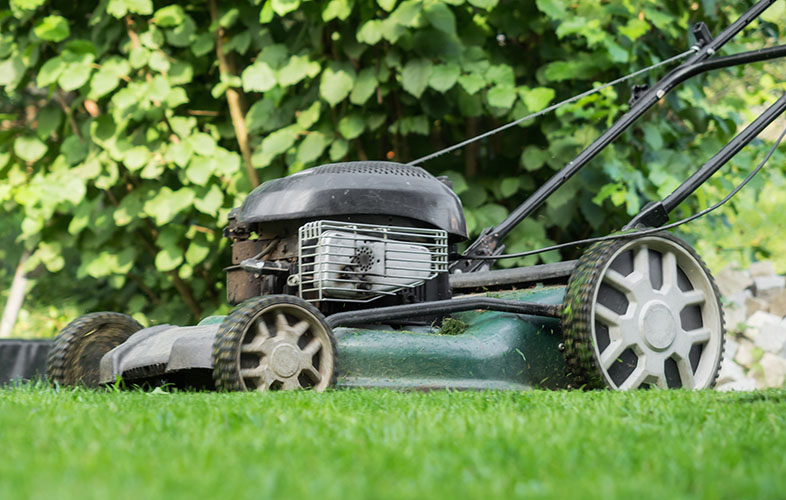When we talk about the climate, it’s usually in fairly broad terms. The Southeast, for example, tends to be hot and humid, the Northwest, cool and wet. While this isn’t incorrect, it doesn’t take into account microclimates: smaller areas with unique weather patterns or conditions not commonly seen in the greater region. They may not seem relevant from a macro perspective, but microclimates can have a pretty big influence on your lawn care schedule. Identifying a microclimate can be tricky, which is one of the many reasons we recommend leaving your lawn care to a local TruGreen® expert, who can tailor treatments to suit your lawn’s unique needs. But still, as they say, knowledge is power. So keep reading to learn more about the different types of microclimates, how they can be identified and what living in a microclimate can mean for your outdoor living space.









Facebook
X
Youtube
Copy Link
Email